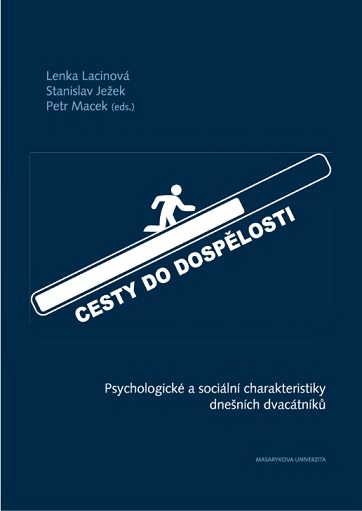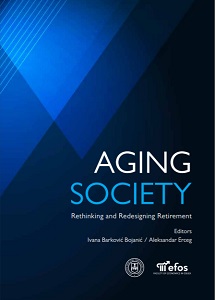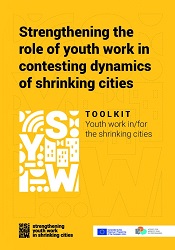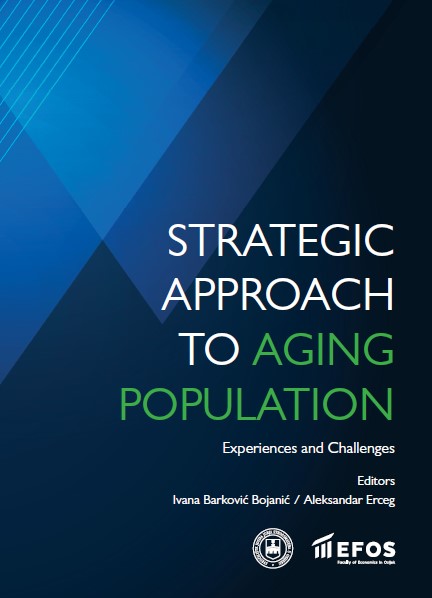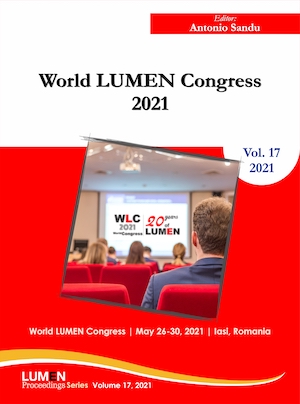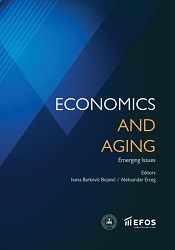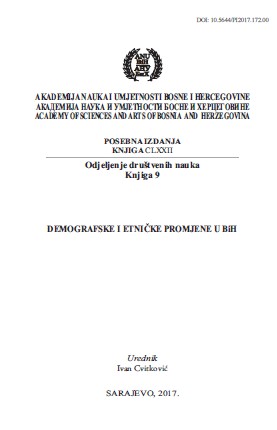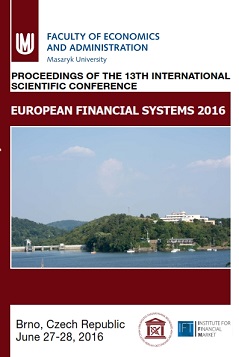
Cross-generational Investment Behavior and the Impact on Personal Finance
Money is an important topic for all generations. Young people are often stressed about money. They worry about not having enough money to retire or just to make it until the end of the month. In contrast to young people, old people often have a full understanding of the gravity of their financial situation. This paper analyzes the financial decision making in relation to the age in Germany. Within the paper we concentrate on the investment behavior in general and give an outlook to the retirement situation. The analysis is based on a logistic regression with data from an online survey in 2015. It includes data from 1,489 participants. The results of this analysis show that young people prefer secure financial investments like call money, fixed deposit, savings book, or building loan contract. In total, the participants save between 400 EUR and 500 EUR. Between 100 EUR and 200 EUR the save monthly for retirement.
More...
